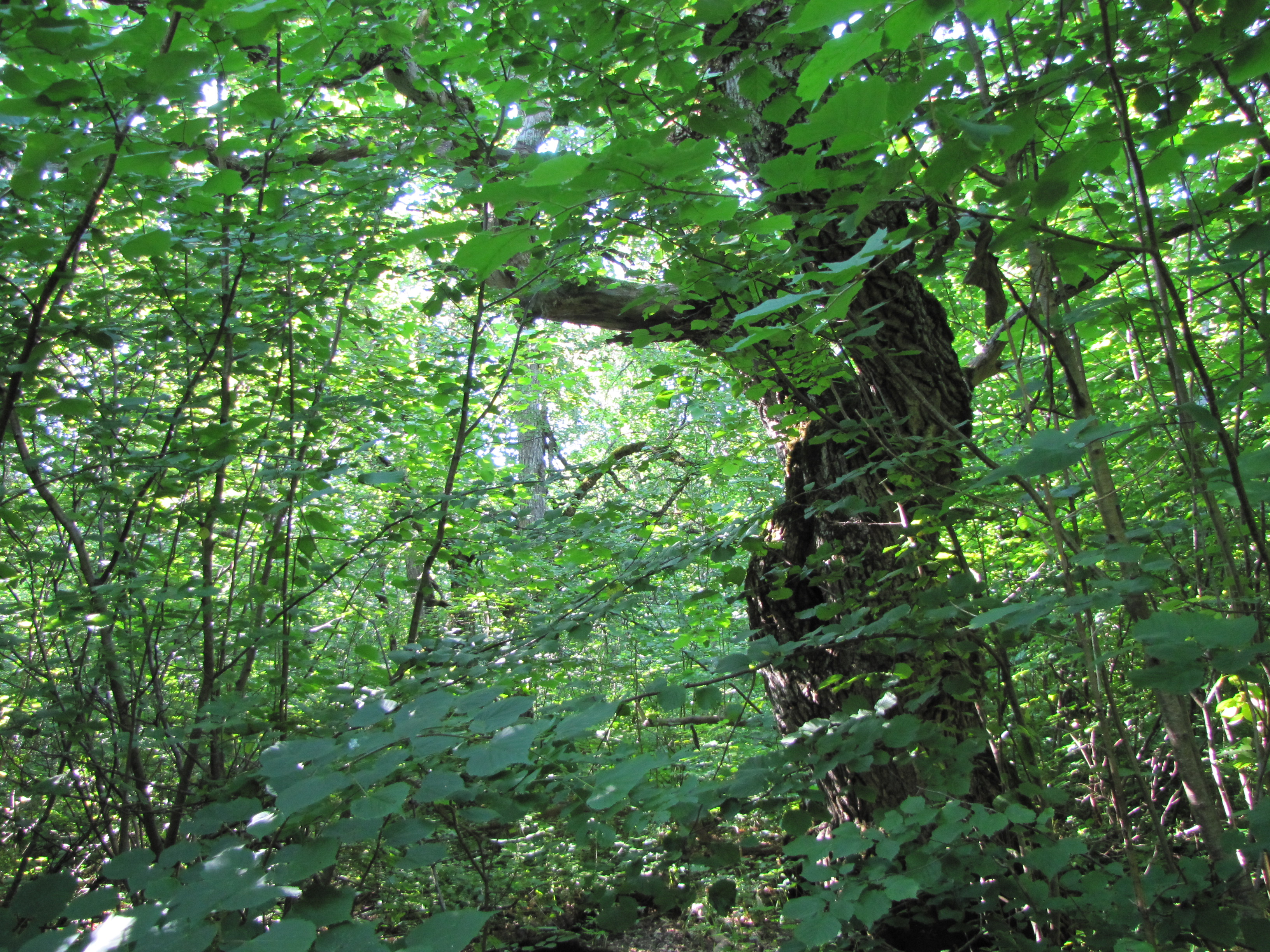
Old fresh boreo-nemoral forests, whose tree layer is dominated by linden, oak, maple, elm, or ash. This habitat type does not include species-rich mixed spruce forests, where broadleaf tree species also grow (9050), or cliff forests growing under the slopes of the klint (9180). In Estonia, broad-leaved forests with lush undergrowth are remnants of the warmer and wetter climate of thousands of years ago and are similar to the broad-leaved forests common in Central and Southern Europe. Such forests are always rich in dead and hollow trees, down timber and rotten wood, where many different species can be found, including rare and endangered lichens, fungi, insects, and birds. Soil biota is very diverse.
Broad-leaved forests grow on undulating moraine plains, eskers, drumlins, carbonate rock hills and other highlands where the soil is rich in nutrients and well supplied with water throughout the year. There are more such forests in the Pandivere and Otepää Uplands, in Harju County, Rapla County, and Lääne County, in the north-western part of Pärnu County, and in Saare County.
Includes the habitat type group 116 (fresh boreo-nemoral forests) according to Paal.